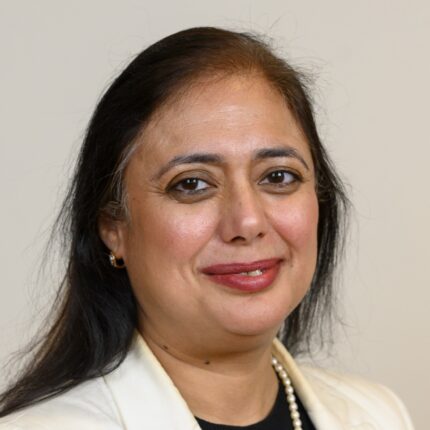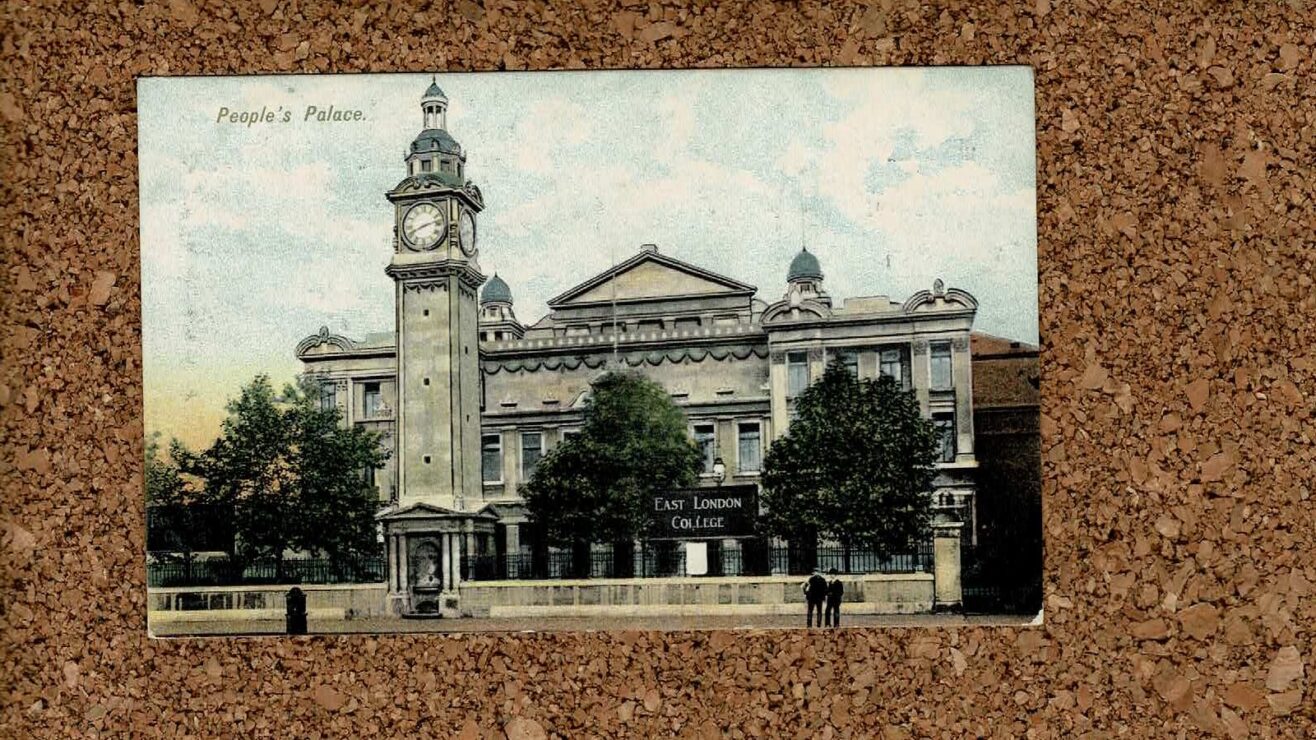Despite efforts to improve diversity and inclusion, there remains a persistent lack of diversity in senior leadership roles across professional services in UK universities.
A lot has been written about the underrepresentation that spans gender, race and other protected characteristics, demonstrating a stark imbalance at the highest levels. While significant attention has been given to promoting diversity and inclusion within academic roles, the issue of underrepresentation in senior leadership positions within professional services in UK higher education institutions remains largely unexplored.
When decision making processes and strategic planning are dominated by individuals from similar backgrounds, there is a risk of overlooking nuances and complexities that arise from diverse experiences and viewpoints. Lack of diversity in senior leadership can send a disheartening message to aspiring professionals from underrepresented groups, potentially discouraging them from pursuing careers in higher education. The lack of visible role models and mentors can create barriers to entry and limit the sector’s ability to attract and retain top talent from diverse backgrounds.
And lack of diversity at the highest levels of professional services teams raises concerns about the sector’s ability to truly reflect the diverse student population and communities it serves.
The power of storytelling
As part of a project for the Higher Diversity Coalition, I reached out to all 142 UK universities with a request for senior leaders in professional services to nominate themselves or their colleagues from minoritised ethnicities to tell their stories in their own words.
Why? Because storytelling has the ability to move the dialogue beyond surface-level efforts and drive more enduring and systemic change. Stories build empathy, understanding and a true sense of belonging – the foundation of an inclusive workplace.
However, storytelling is not without its challenges, especially if the stories are unpleasant and uncomfortable truths, as experienced by employees from minoritised ethnicities in universities.
My request did not receive an overwhelming response to participate. The potential for revealing personal biases, disadvantages, and racial microaggressions posed a significant obstacle – because the participants feared being labelled as “problematic”. With this in mind, I persisted in my efforts to obtain consent from those who were willing to come forward. Ultimately, three senior leaders from ethnic minority backgrounds agreed to participate and share their personal narratives in their own voices, albeit under the condition of anonymity. This was the breakthrough I had been hoping for.
Narratives of belonging
The stories were personal, powerful and full of hope. They were equally candid and open in voicing the challenges and microaggressions that often thwarted their pursuit to achieve their goals. The stories were powerful because they did not shy away from highlighting the shortcomings of our organisations in building inclusive cultures.
Lack of commitment to and understanding of what it means to promote diversity and create genuine space to talk about diversity within the organisations became apparent. The storytellers questioned the basis of our commitment to inclusion in an environment where there is often an “unrealistic expectation to resist conforming to stereotypes.”
You don’t want people to see you as the ‘angry black man’. My female associates have mentioned trying extremely hard to not be perceived as an ‘angry black woman’, which can be emotionally very taxing.
And constantly questioning ourselves: “Am I in the right position? Am I deserving of this position? There’s nobody who looks like me who is doing these sorts of jobs.”
All participants were senior leaders in the HE professional services and shared their innermost thoughts. In the words of one of the participants:
One of main challenges as a person of minoritised ethnicity…I have had to work harder than my peers in order to prove myself… and equally the expectation of myself was always far greater than others around me.
They talked about the risks to their own mental and physical wellbeing in pursuit of progression into senior leadership positions. A sense of imposter syndrome, burnout, and visible absence of role models emerged as common themes:
The lack of relatable role models, scarcity of peers from similar backgrounds, the pressure to conform due to being in the minority. Quite often you can’t be yourself. You feel like you have to act in a way that is palatable to the majority. There are also issues around imposter syndrome and the burden of feeling the need to be exceptional or likeable.
Their stories were premiered at the recent Association of Higher Education Professionals annual conference, and the listeners connected with it instantly.
This is sound advice for the whole sector to hear:
The future is the pipeline, and if we don’t continue to invest in the pipeline we will continue to see a leadership landscape in the HE sector that is not representative of the student body, particularly with the growth of international students and the demographic of UK home students from various ethnic minoritised backgrounds.
This work has only just begun, and will continue to build on these stories a culture of genuine inclusion that both promotes and celebrates diversity – at all levels – in our organisations.













This work is so important and great to see you spearheading it. We really do need to see a change – progress has been glacial
Thanks Vikki, the progress has been glacial but there comes a watershed moment when the need for concrete action becomes inevitable. I hope that this is one such moment. The level of interest in the sector to see the dial shirt is so strong now that I feel I can dare to hope to a brighter future.
Thank you for the article Monika, are the anonymised case studies you’ve gathered available somewhere in their entirety? The link opens the main Higher Diversity Coalition page, and I’m not sure where to go in search of further information.
Dear reader, yes, these will be made available when they reach a critical mass. The numbers are too small and the risk of compromising on their identity is high. I am confident that I will be able to showcase these case studies in the near future. Higher Diversity Coalition will be the platform we will use for these stories.
So long as the professionals who are leading in non-academic roles in universities are doing their jobs assiduously and conscientiously, and presuming that they have the requisite skill-sets, why are you advocating for diversity, inclusion and representation? Particularly when the attempt to realise those aspirations often involves positive discrimination; diversity hiring; oodles of thinly-veiled virtue signalling; an overt fostering of grievance and victim culture; race-baiting; the celebration of gender identity ideology to the detriment of the sex class known as ‘women’, and the marginalisation of our society’s number one cultural pariah – the straight white male. Please show your working… Read more »
Big Col ain’t happy with this!
Well, I think you’ve very clearly shown your workings out.